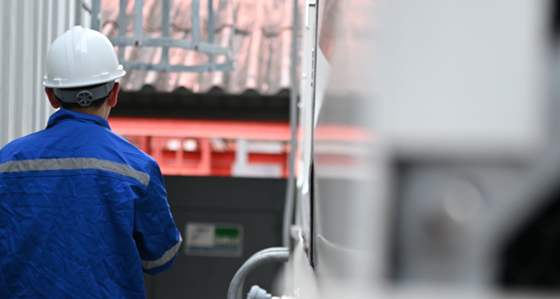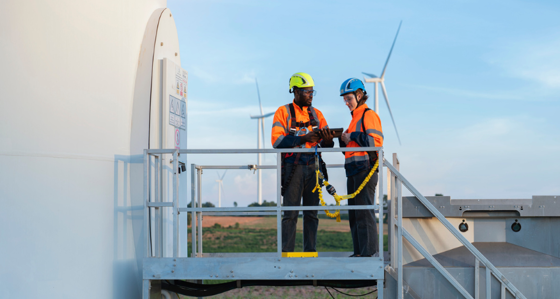
Investing in uncertainty: European power market outlook 2025
6 min read 23 June 2025
In our third annual European Power Market Outlook, we review how our Reference Case for 2035 has changed over time and how we have adapted our outlook to recent developments in policy and market economics. We review the recent political and economic volatility and assess the potential implications of the rise of populism, trade conflict and re-militarisation on the course of the energy transition; acknowledging that this year’s outlook points to a more uncertain transition trajectory.
- Deployment. Our outlook 2035 continues to see a large and growing share of renewables in the energy mix. However, the composition of that share has been changed in 2025 versus 2024 with a greater role for solar on account of price and availability. Growing support for transition-sceptic parties may generate pushback on energy policies, with the cost of green levies on energy bills coming under political pressure. We also acknowledge that funding the transition through general taxation may prove challenging for countries also expected to fund large increases in militarisation, creating uncertainty over funding availability in certain markets.
- Demand. Power demand is expected to grow considerably out to 2035 on account of electrification and increased data centre demand. However, weakened transition policies on EV and HP deployment in the face of public pushback against sterner mandates has led us to downgrade our demand projection for these technologies relative to our 2024 outlook, weakening short-term demand growth, even whilst the longer-term picture is boosted by AI demand. We note that the risks of a trade conflict could increase the availability, and reduce the price, of key transition technologies such as EVs on account of Chinese dumping. Equally, re-militarisation could signal stronger demand growth in the future as the industrial base is mobilised for re-armament.
- Costs. Changing yields have led us to increase our Weighted Average Cost of Capital (WACC) assumptions marginally as inflationary pressures prove more persistent and trade risks weigh on markets, increasing financing costs. Whilst commodity prices have in general trended towards previous levels, bringing CAPEX costs also back towards trend, this does not affect all technologies equally. Although remilitarisation is driving inflationary pressure on raw component prices, Chinese dumping in a trade war scenario has the potential for deflationary pressure, heightening uncertainty.
- Price and profitability. Power prices remain elevated for most European countries relative to pre-Ukraine levels. Profitability ratios have increased slightly in our latest 2035 outlook on account of higher average wholesale prices, although we expect wholesale prices to continue to fall as renewable generation increases across our European markets. Greater interconnection is also expected to reduce price disparities between countries. However, greater RES penetration leads to increasing price volatility with an increase in the number of very-low or very-high priced hours, emphasising the increased value of flexibility in a high-RES world.
Download our report and get in touch with Mark Turner and Nick Forrest to find out more.
Our Experts


Related Insights

Podcast - S3 E1 - Turbocharging the benefits of Great Britain's emerging home energy efficiency sector
In this episode, Baringa's Ellen Fraser hosts a discussion with Sharon Johnson, CEO of AgilityEco and Rebecca Teasdale, expert in Home and Transport Decarbonisation at Baringa.
Read more
Money still backs batteries in Great Britain
Read this article for an exploration of why GB remains an attractive battery storage market – not just on a spreadsheet, but in substance, for those looking to build, acquire, or finance BESS.
Read more
REMA Unveiled: dissecting the Government’s decision in favour of Reformed National Pricing
Explore the Government’s REMA decision favouring reformed national pricing and its impact on investment signals, grid planning and market efficiency.
Read more
Insights from Baringa’s South Africa Wholesale Electricity Market Report
As South Africa's energy market takes its first steps towards liberalisation, development and investment potential abounds. However, significant barriers remain on the journey to a reliable, competitive, and decarbonised energy system. We explore the risks and opportunities in this rapidly evolving landscape.
Read moreIs digital and AI delivering what your business needs?
Digital and AI can solve your toughest challenges and elevate your business performance. But success isn’t always straightforward. Where can you unlock opportunity? And what does it take to set the foundation for lasting success?